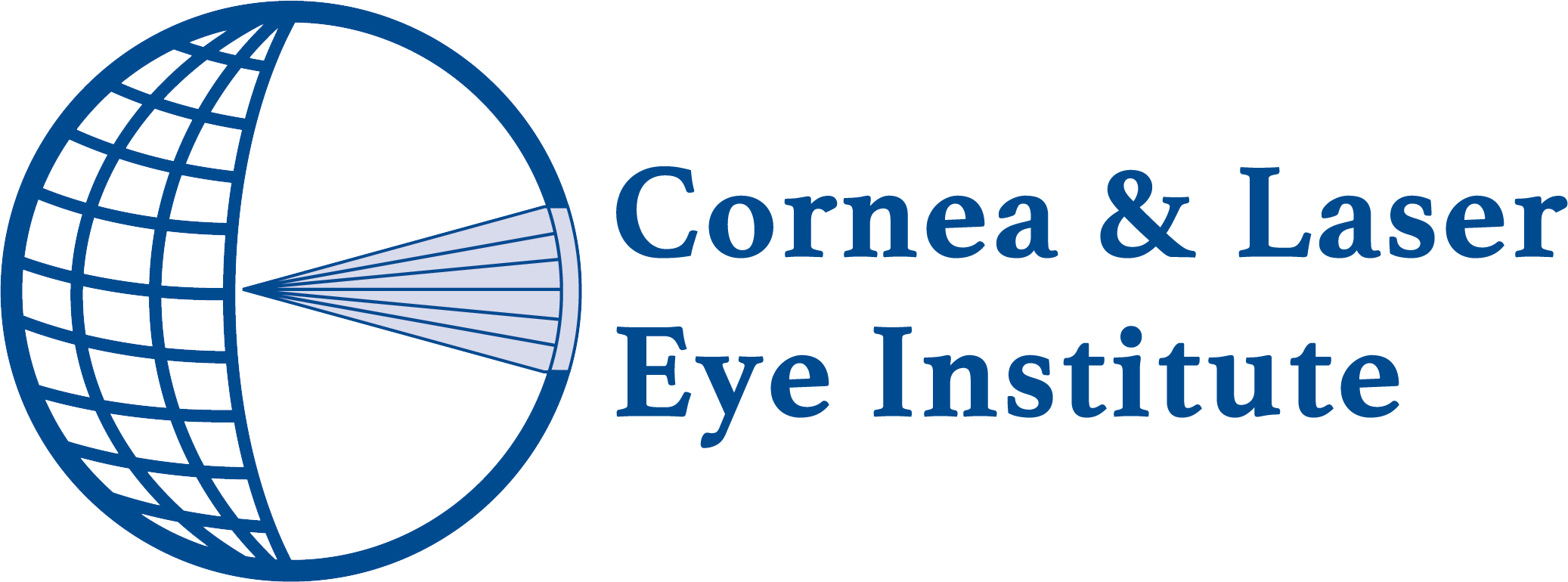Light Adjustable Lens (LAL) implantation is a revolutionary cataract surgery technique that offers patients greater flexibility and customization in their vision correction. Unlike traditional intraocular lenses (IOLs), the LAL can be fine-tuned after the initial surgery to achieve the desired visual outcome. This innovative approach allows your ophthalmologist to make adjustments to the lens power, improving your overall vision and reducing the need for glasses or contact lenses after cataract surgery.
The recovery process after LAL implantation is slightly different from a standard cataract procedure, as it involves a few additional steps. We’ll walk you through what to expect during your recovery and provide valuable tips to ensure a smooth and comfortable transition to your new, enhanced vision.
Understanding the Recovery Process After Cataract Surgery
Cataract surgery, including LAL implantation, is a common and generally safe procedure. However, it’s important to understand that every individual’s recovery experience may vary. Factors such as your overall health, the complexity of your cataract, and your body’s natural healing process can all influence the timeline and specific milestones of your recovery.
What to Expect During the Recovery Period
Initial recovery from LAL implantation is very similar to recovery from cataract surgery with a traditional IOL. Here’s what you can expect:
The cataract surgery recovery timeline can be divided into three stages. During the first 24-48 hours of immediate post-operative care, your eye may be patched or shielded to protect it as it begins to heal. You might experience discomfort, redness, and sensitivity to light, which are normal. Vision during this period may vary, and it’s important to follow your surgeon’s instructions regarding eye drops and medications.
In the first week after surgery, continue using prescribed eye drops to prevent infection and inflammation. It’s crucial to avoid strenuous activities like bending or heavy lifting, and you should refrain from wearing eye makeup. Your vision may still be blurry or hazy, but it will gradually improve.
During the full recovery period, which lasts about four weeks, you will continue to use prescribed eye drops. You should avoid swimming, hot tubs, and any activities that might expose your eyes to water or debris at this time. It’s also important not to rub or press on your eyes, as this could interfere with healing. Wearing protective eyewear, such as sunglasses or safety glasses, is advised when needed.
Tips for a Smooth and Comfortable Recovery
To ensure a smooth and comfortable recovery, consider the following tips:
- Strictly follow your ophthalmologist’s post-operative instructions, including the use of eye drops and medications.
- Avoid activities that may strain your eyes, such as reading, using digital screens, or watching television for extended periods.
- Protect your eyes from bright light and UV exposure by wearing sunglasses or UV-blocking glasses.
- Get plenty of rest and avoid strenuous physical activity during the initial recovery phase.
- Maintain good hygiene by keeping your hands clean and avoiding touching or rubbing your treated eye.
- Attend all scheduled follow-up appointments to monitor your progress and ensure the proper adjustment of your LAL.
Entering the LAL Adjustment Phase
The Light Adjustable Lens adjustment phase begins once your eyes are fully healed and stabilized. At this point, your surgeon will start customizing your vision through multiple appointments at the CLEI center. Using a Light Delivery Device (LDD), targeted UV light treatments are applied to fine-tune the lens shape and power, optimizing your vision.
Patients typically require between four and six light treatments (including “lock in” treatments), with each session lasting about 90 seconds. These treatments are spaced out over several weeks to allow the doctor to monitor vision changes and plan further adjustments. While this process takes longer than cataract surgery with a standard IOL lens, it offers the potential for greater visual acuity and improved patient satisfaction.
Once your surgeon determines that your vision has stabilized and reached optimal clarity, they will lock in the prescription of the Light Adjustable Lens. At this point, the lens power is fixed, allowing you to enjoy enhanced vision precision for years to come.
The complete process, from the initial cataract surgery to the final lens adjustment, usually takes around six to twelve weeks. However, the outcome is a highly customized and precise visual result, tailored to meet each patient’s unique needs.
The Importance of Follow-up Appointments
Regular follow-up appointments are essential for the successful adjustment and optimization of your LAL. During these visits, your doctor will carefully monitor your eye’s healing and make any necessary adjustments to the lens power to ensure you achieve the best possible visual outcome.
It’s crucial that you attend all scheduled follow-up appointments and communicate any concerns or changes in your vision to your ophthalmologist. This collaborative approach will help ensure a smooth and effective recovery process.
UV Glasses After Light Adjustable Lens (LAL) Implantation
One of the unique features of the LAL is its ability to be fine-tuned using UV light exposure. During the recovery period, you will need to use UV-blocking glasses to protect your eyes from unwanted light exposure, which could interfere with the lens adjustment process.
Wearing these specialized glasses as directed is essential to ensuring the proper adjustment and locking in of your LAL. Failure to do so could result in unexpected changes to your vision or the need for additional procedures.
Conclusion
The recovery process after LAL implantation may involve a few extra steps compared to traditional IOLs in cataract surgery, but with the right guidance and care, you can look forward to a smooth and successful transition to your new, customized vision. By following your ophthalmologist’s instructions, attending all scheduled follow-up appointments, and taking the necessary precautions, you’ll be well on your way to enjoying the full benefits of your light adjustable lens.
If you have any further questions or concerns about the recovery process after light adjustable lens implantation, we encourage you to schedule a consultation with one of our experienced ophthalmologists. Our team is dedicated to providing personalized care and support to ensure a successful outcome for your vision correction procedure.





